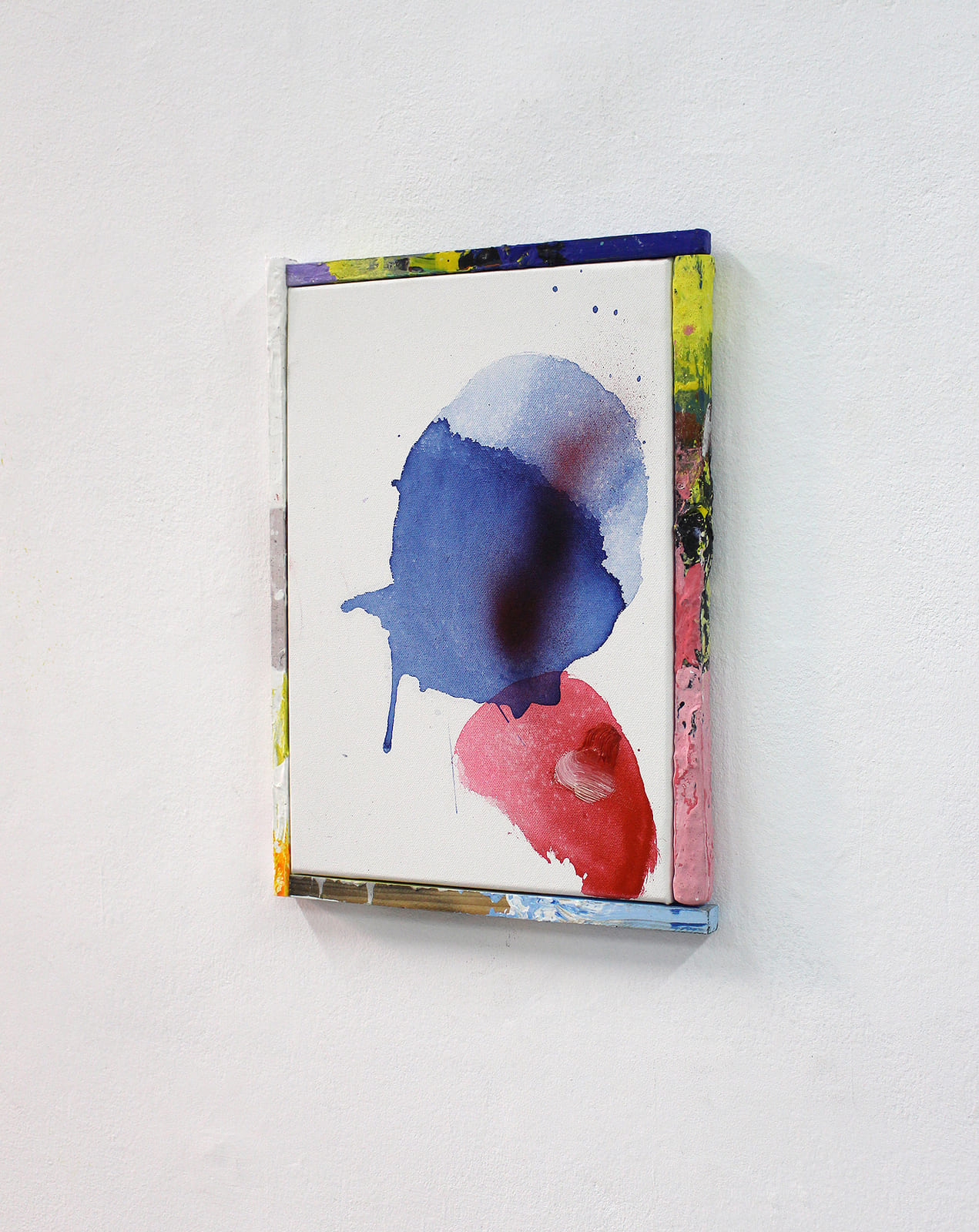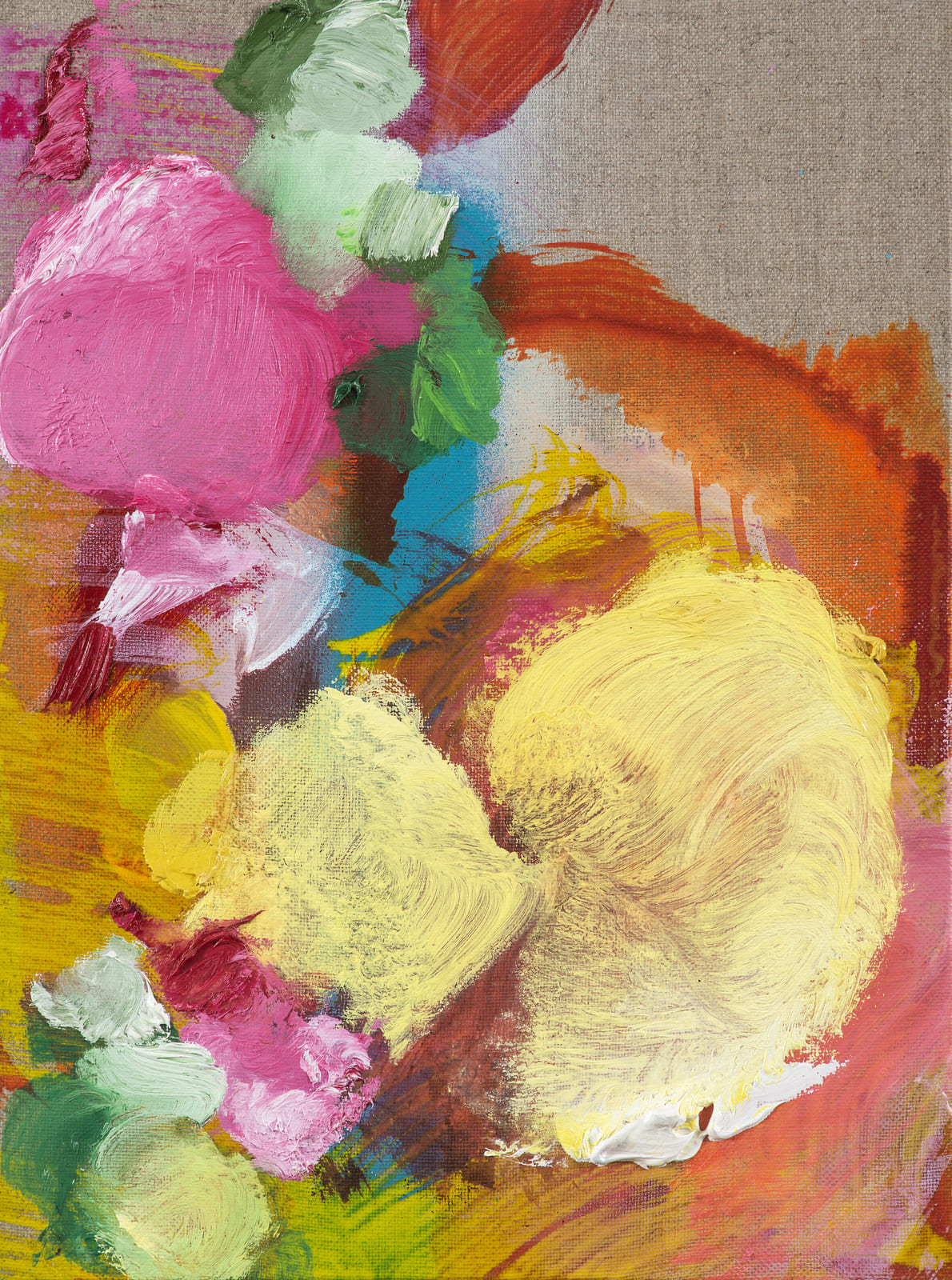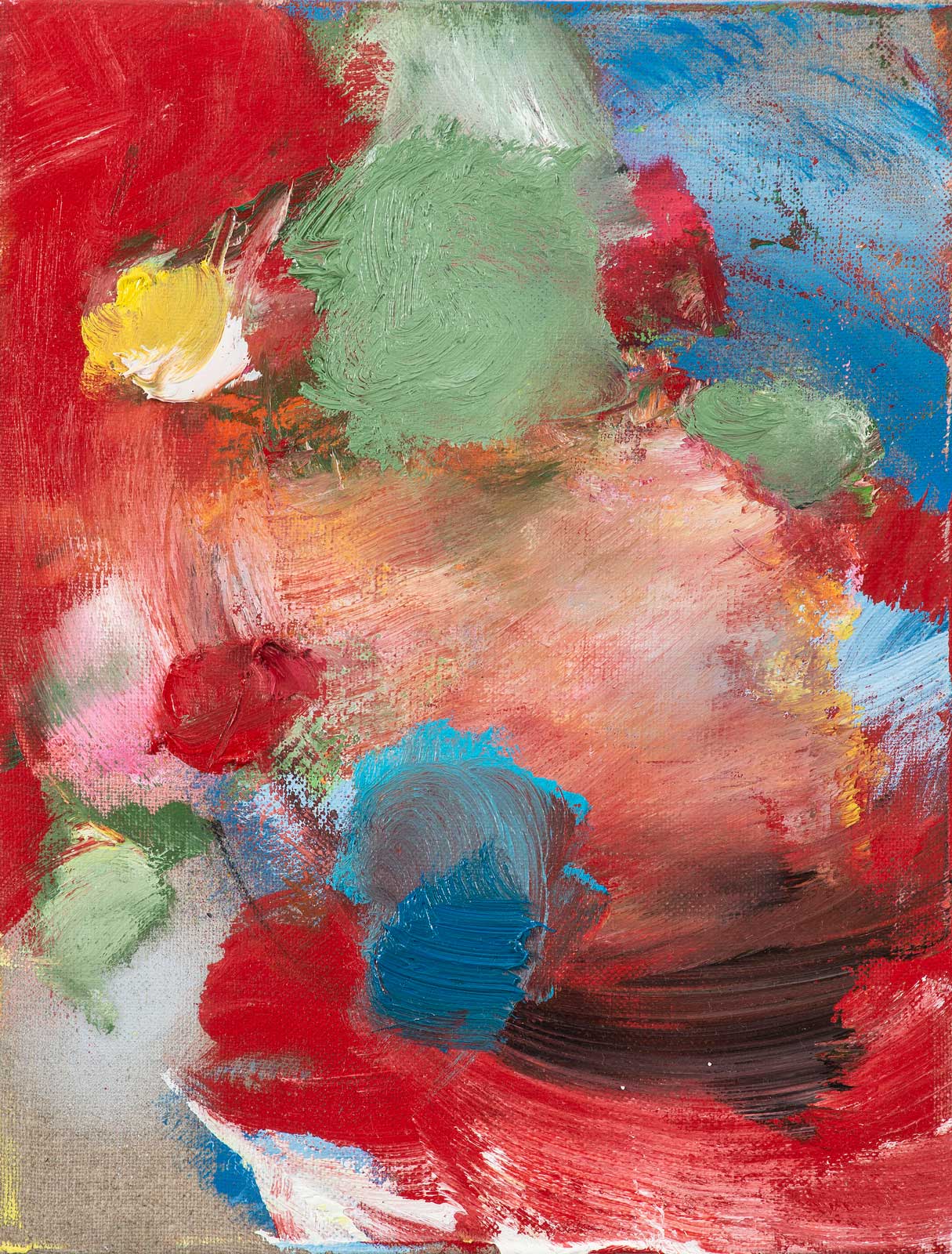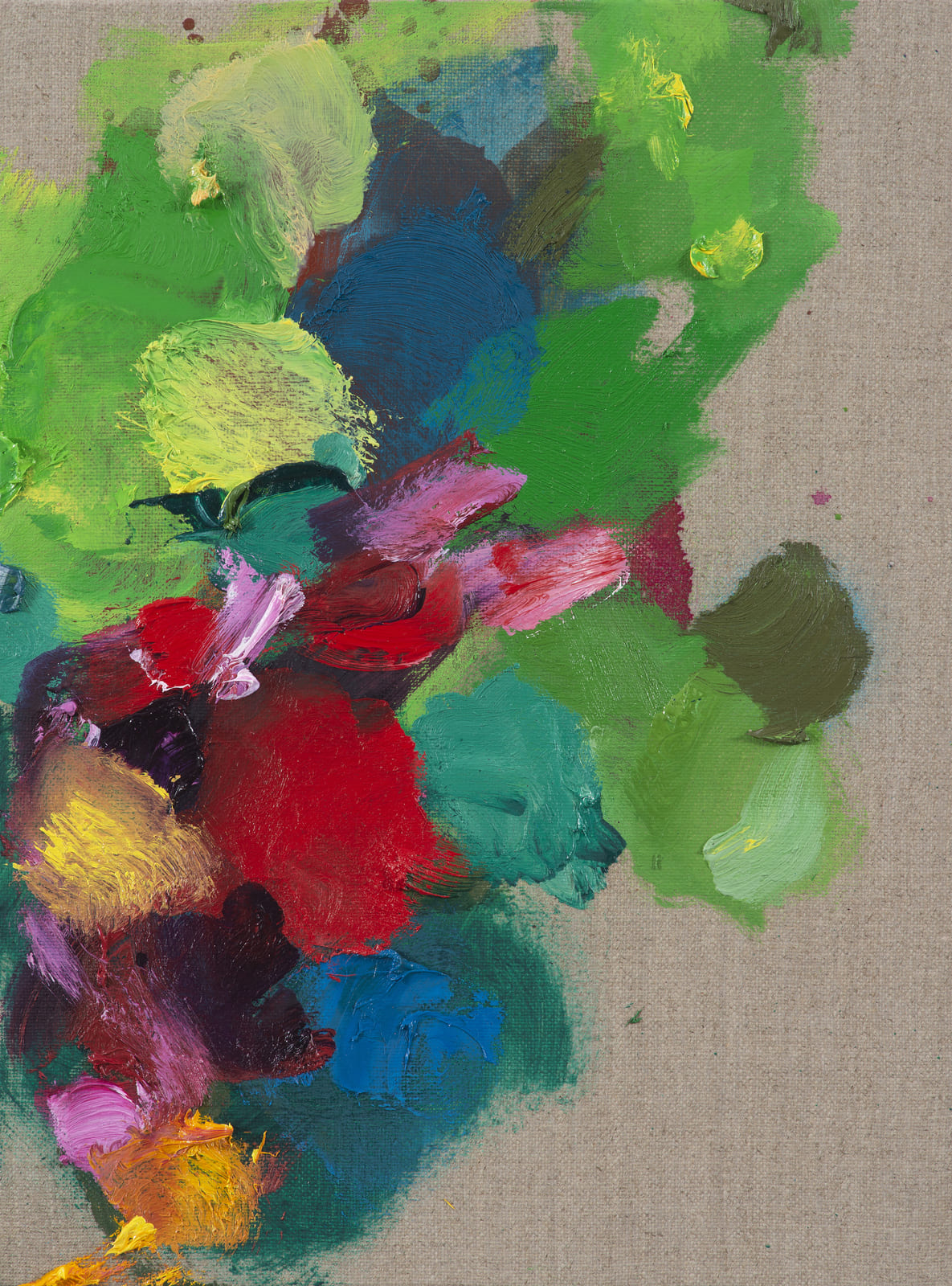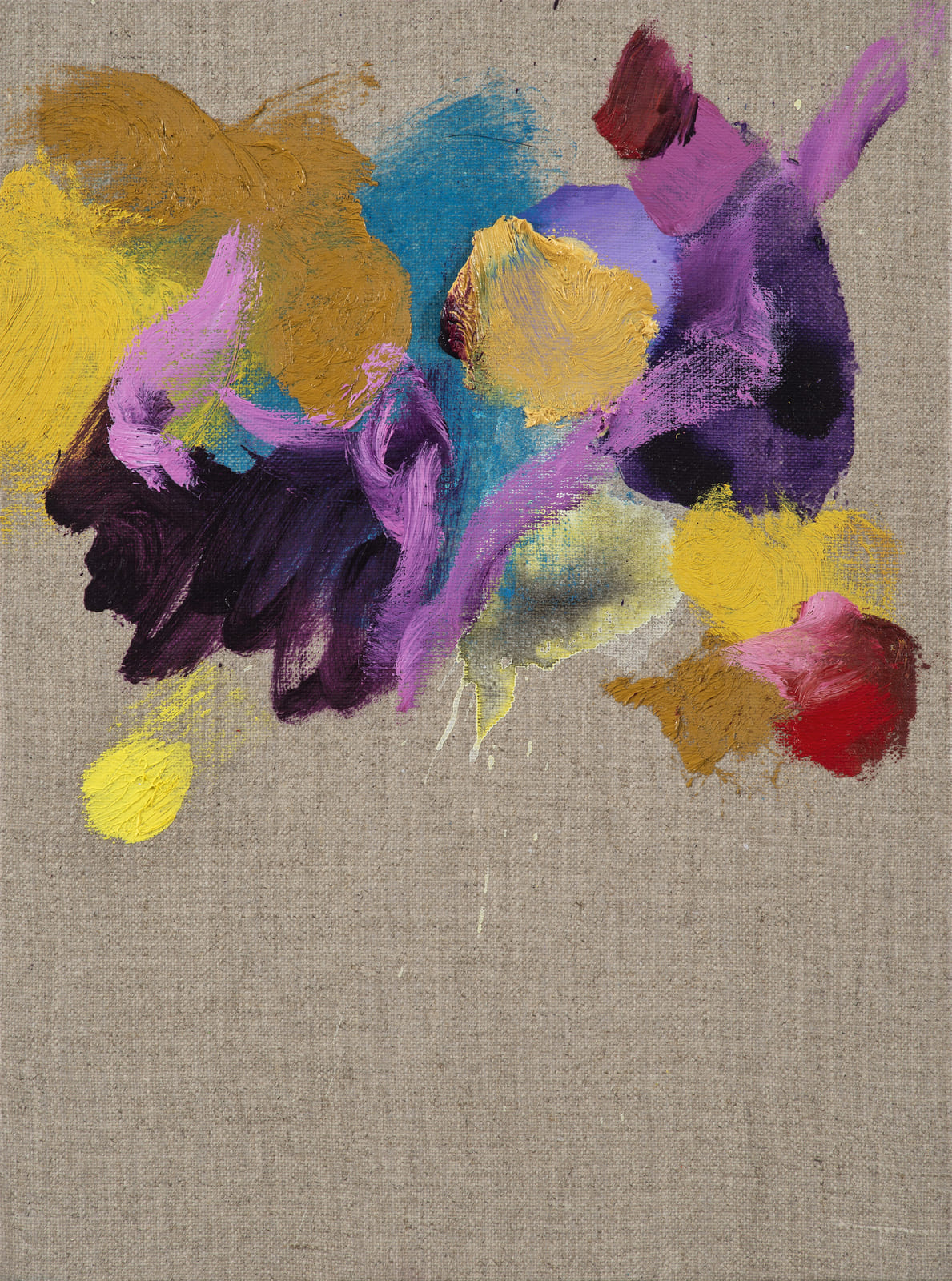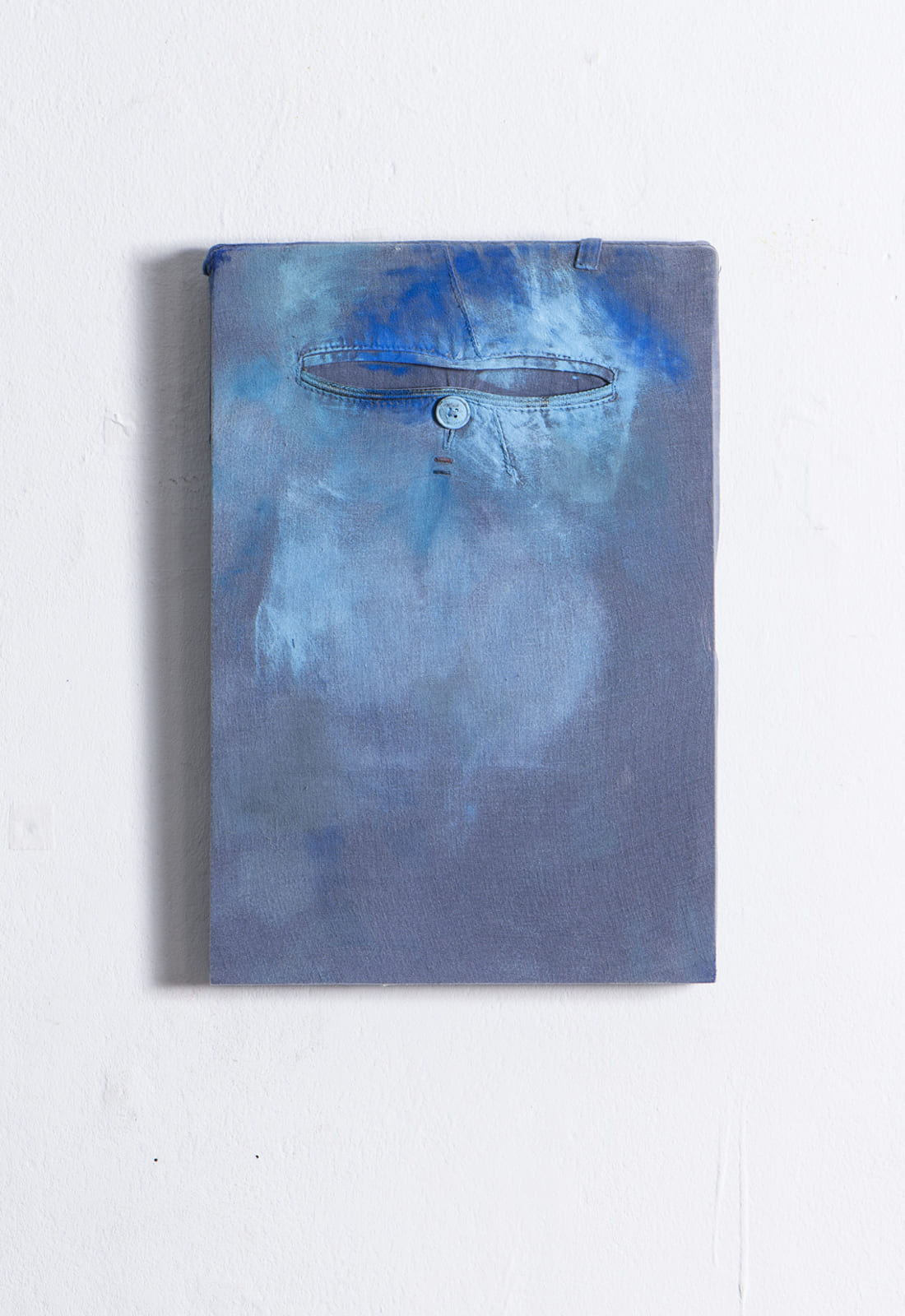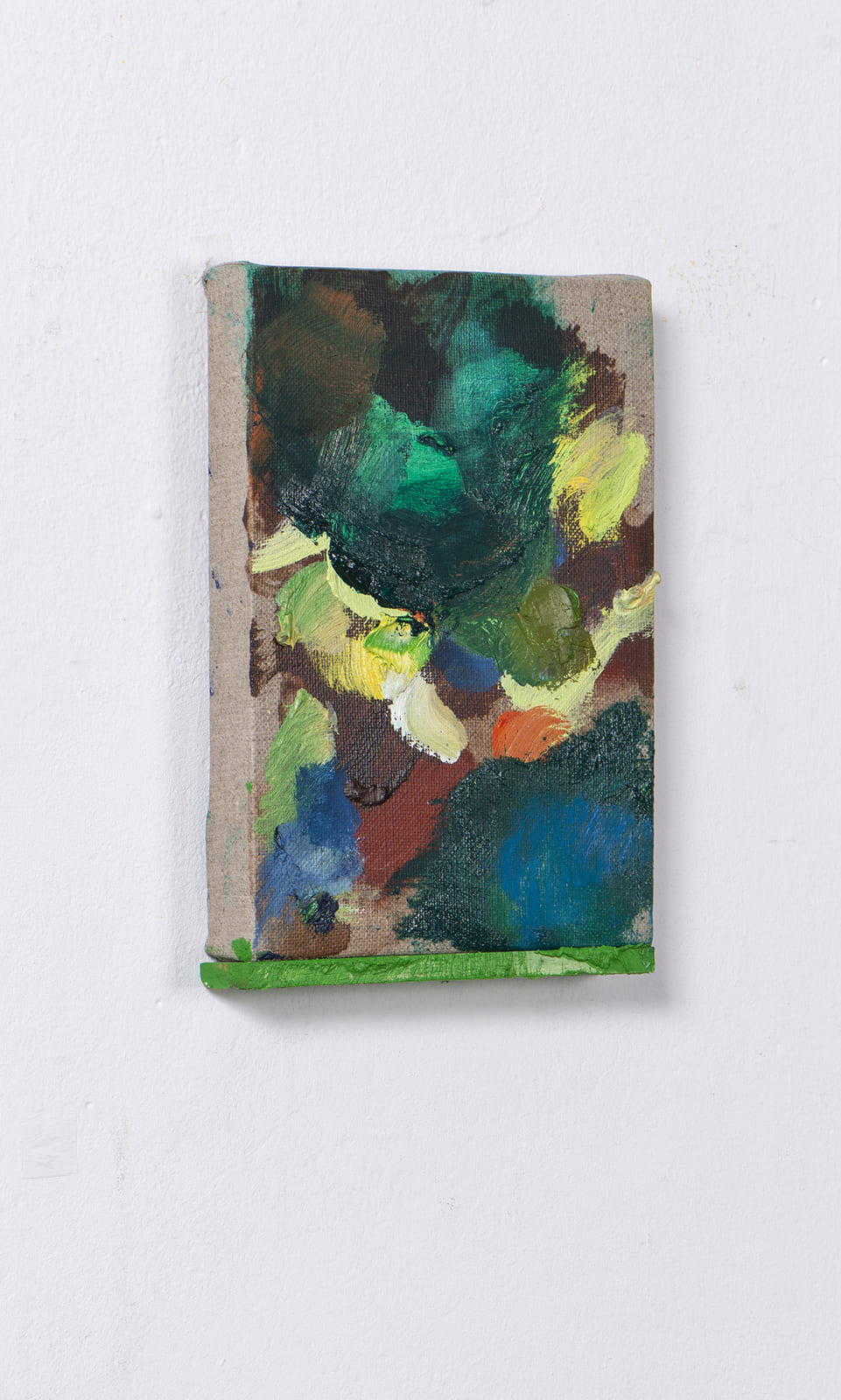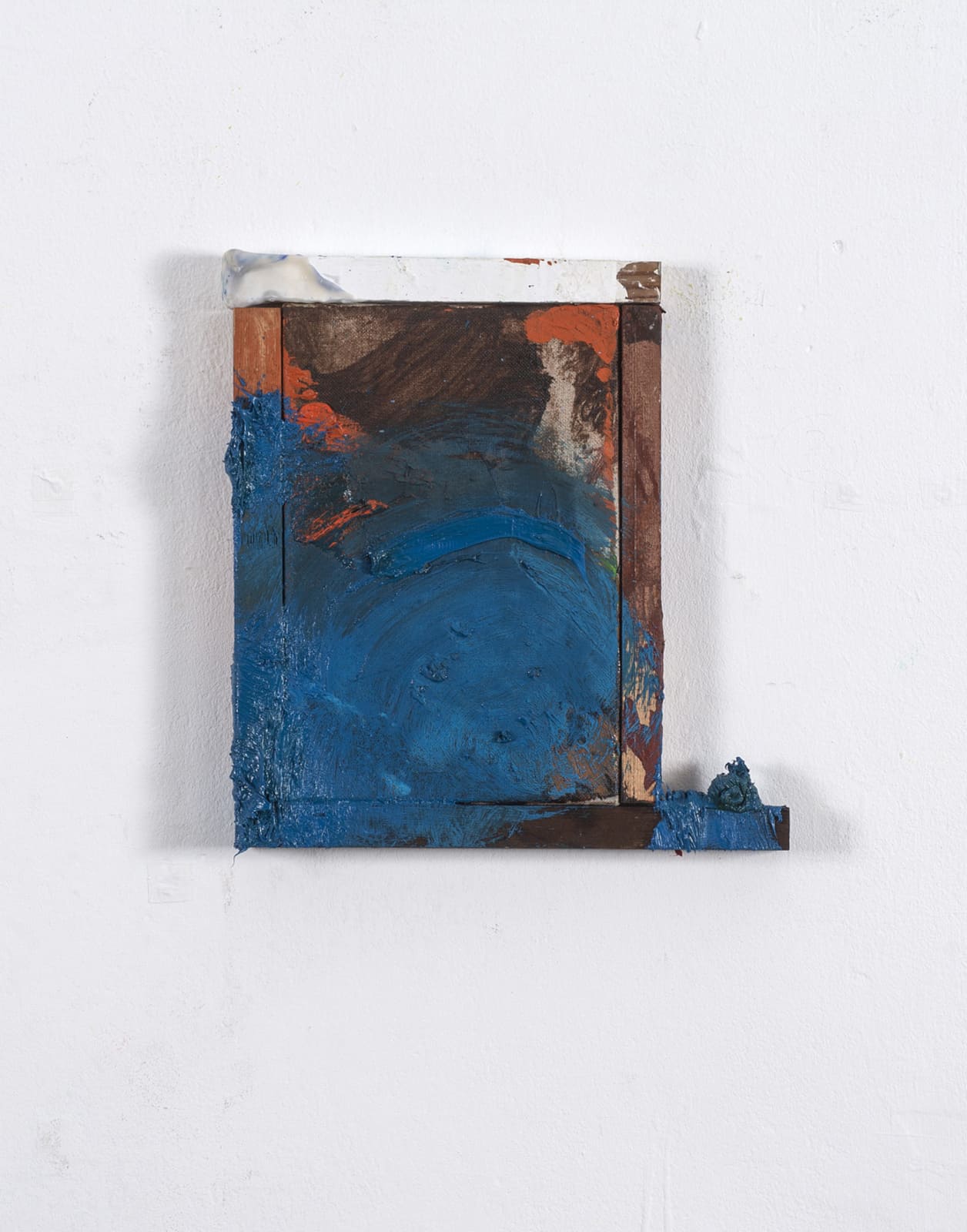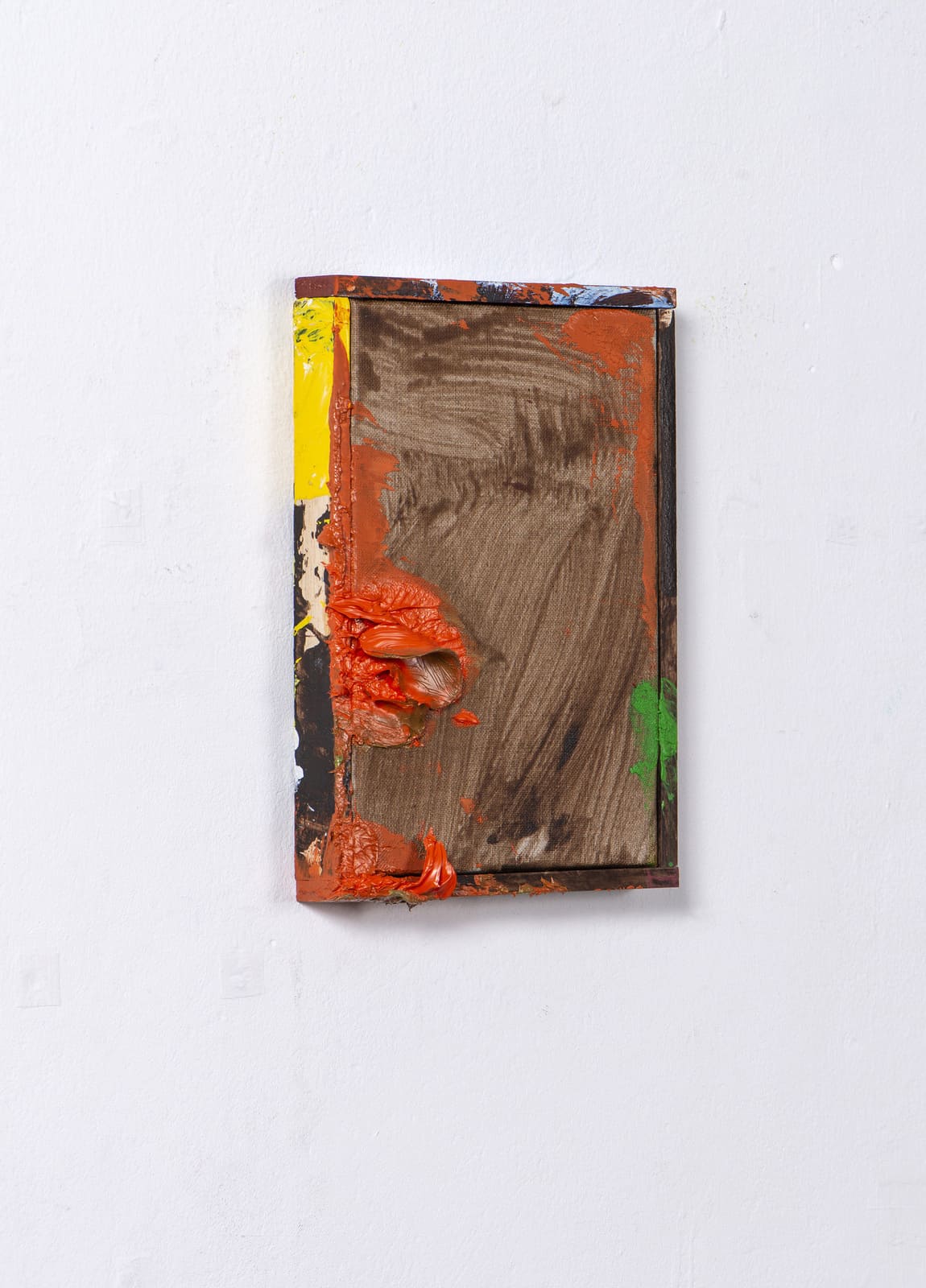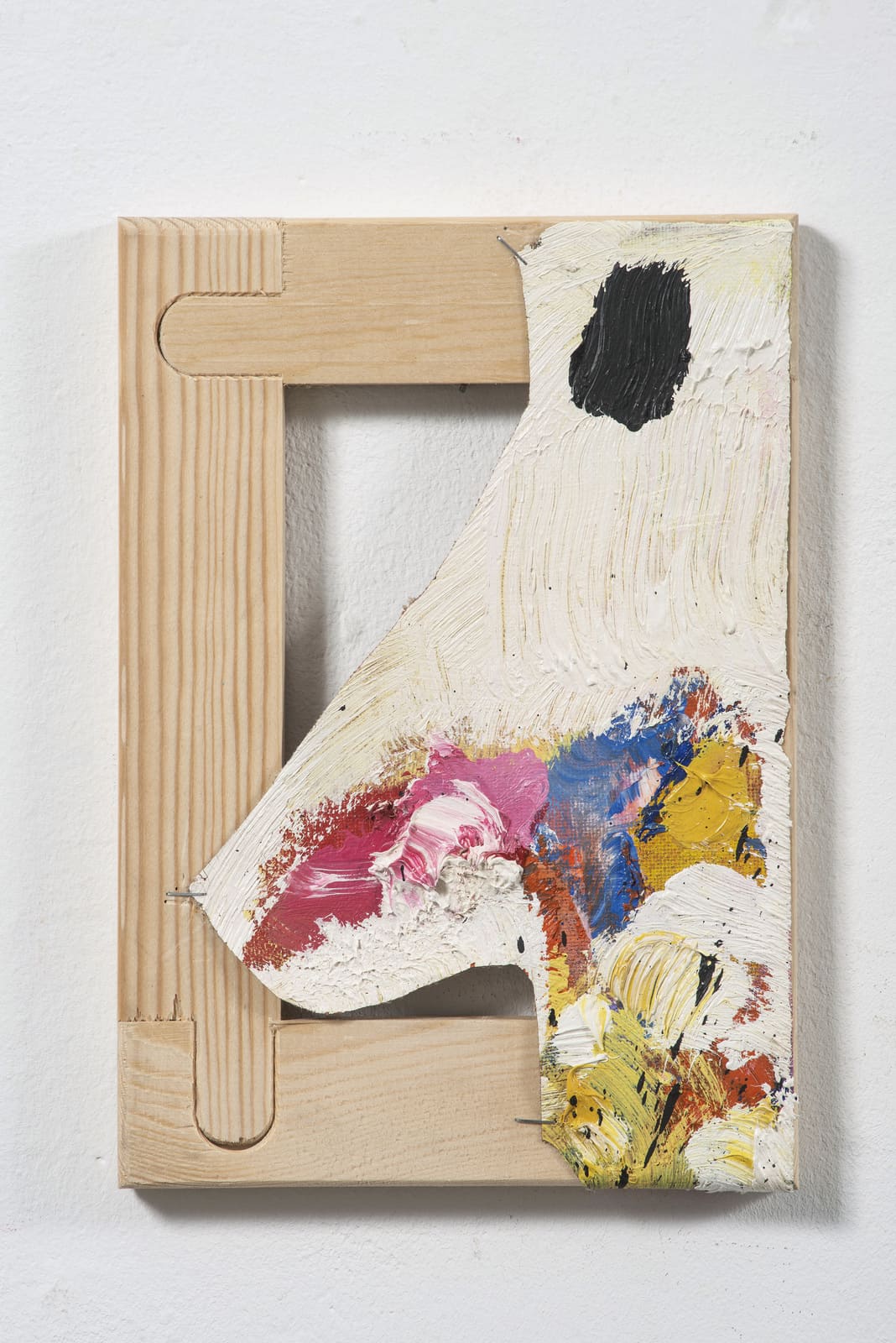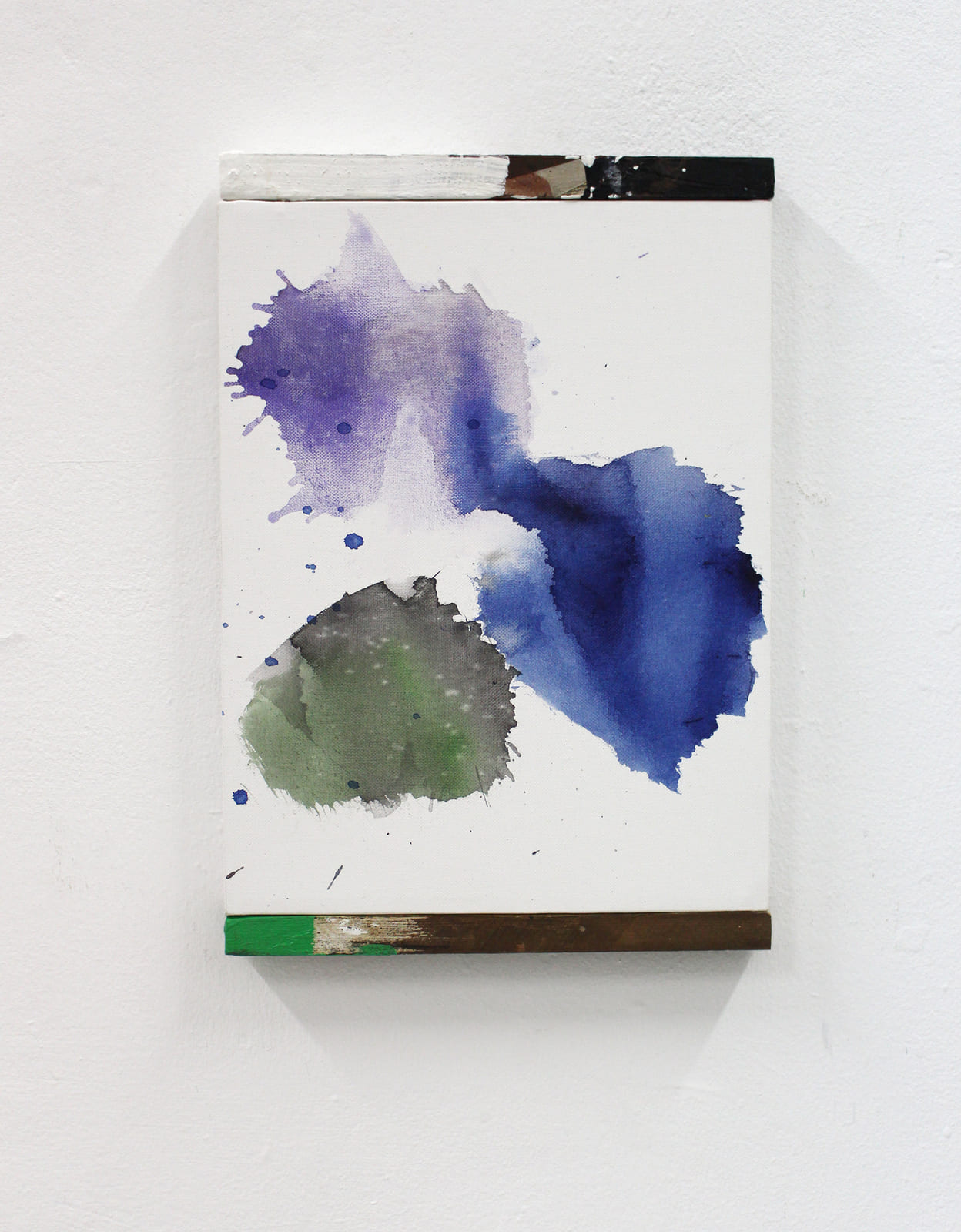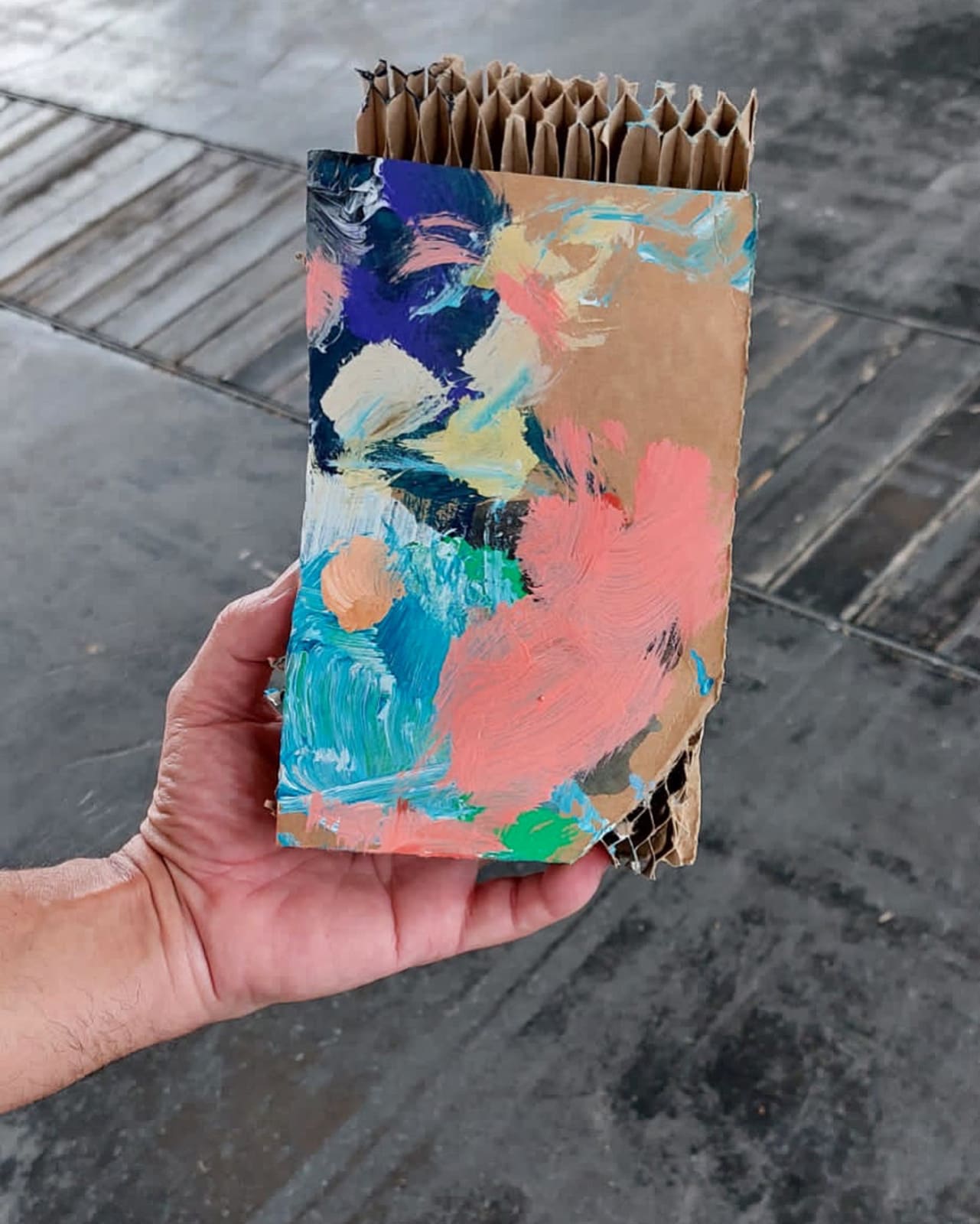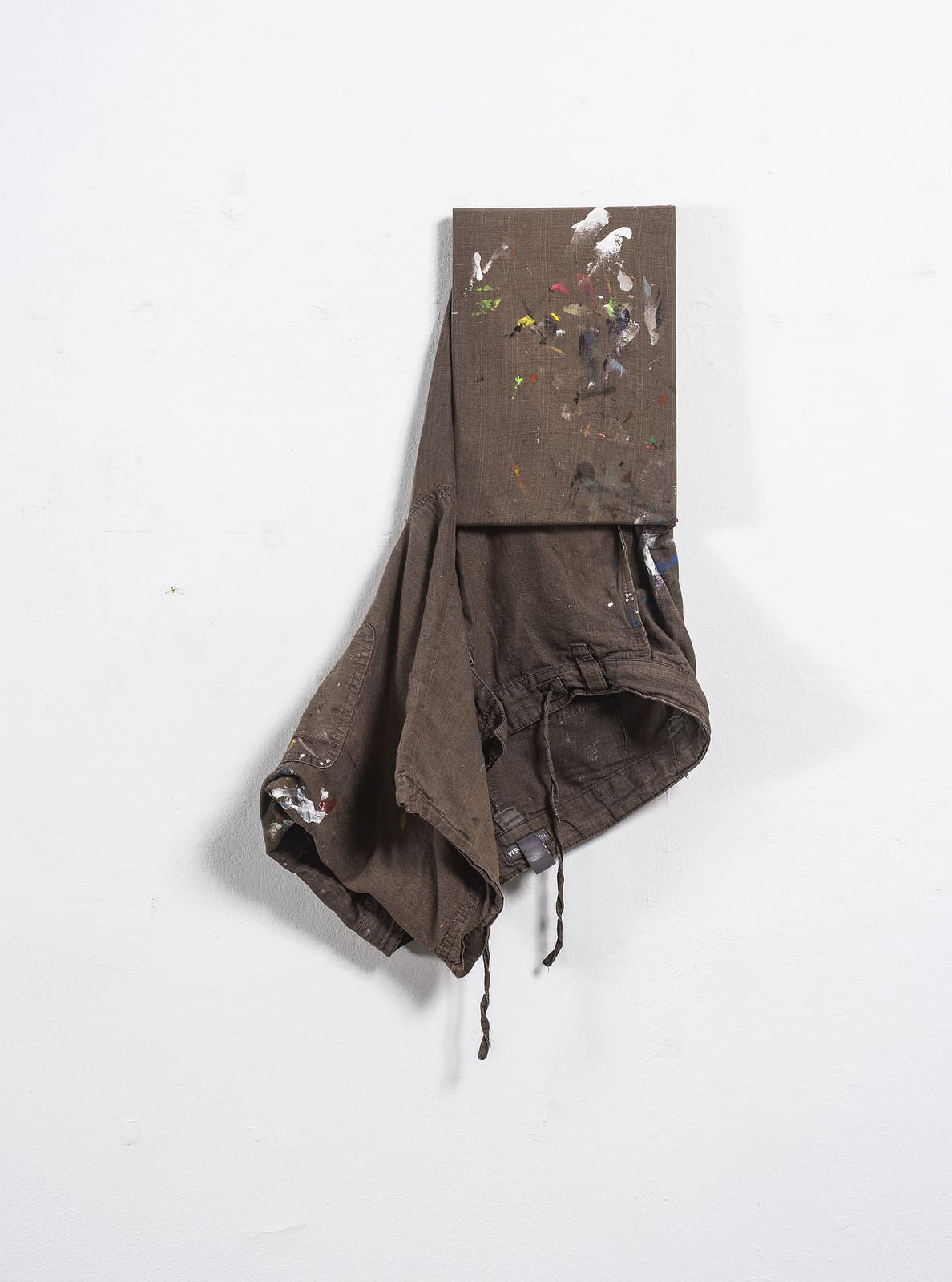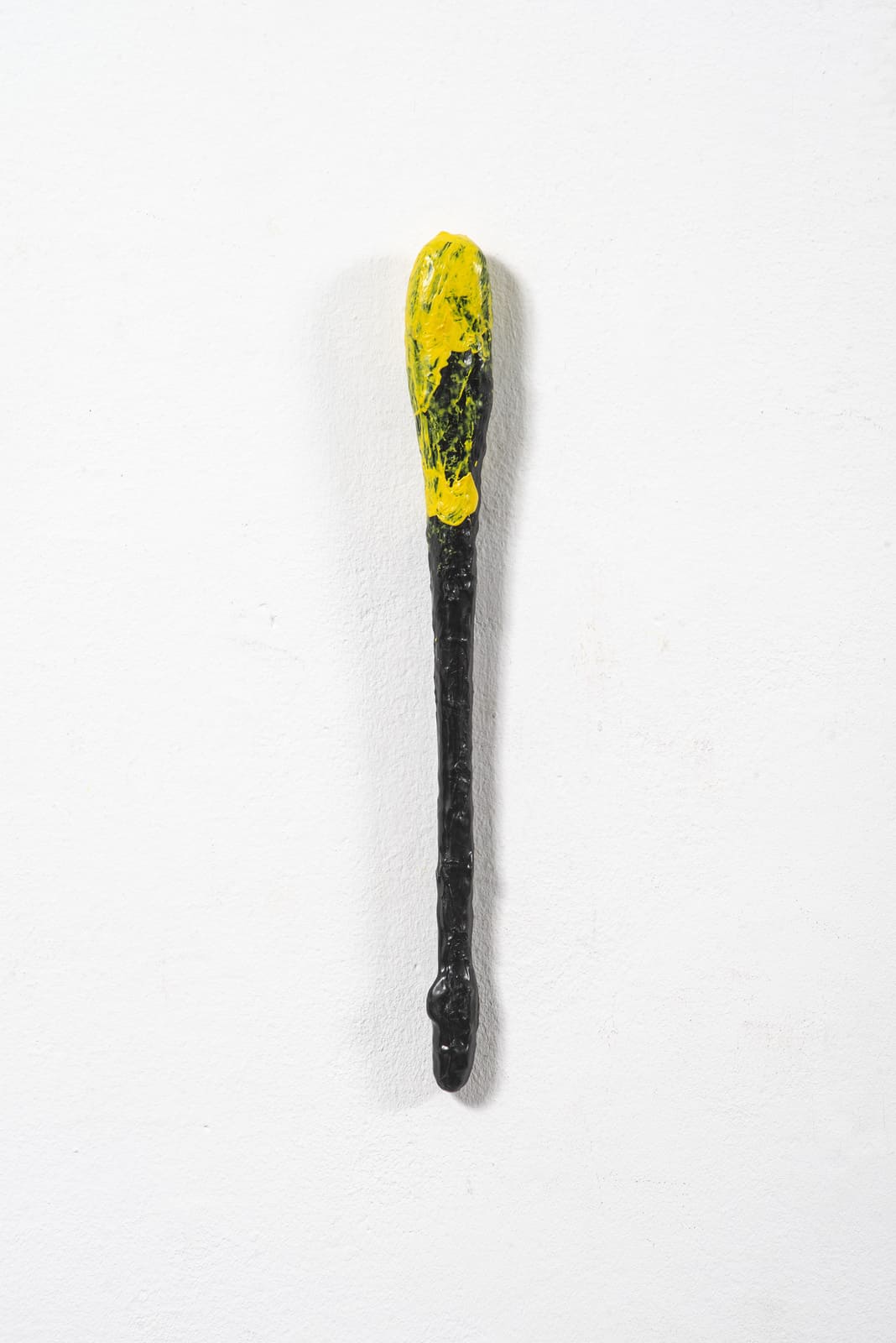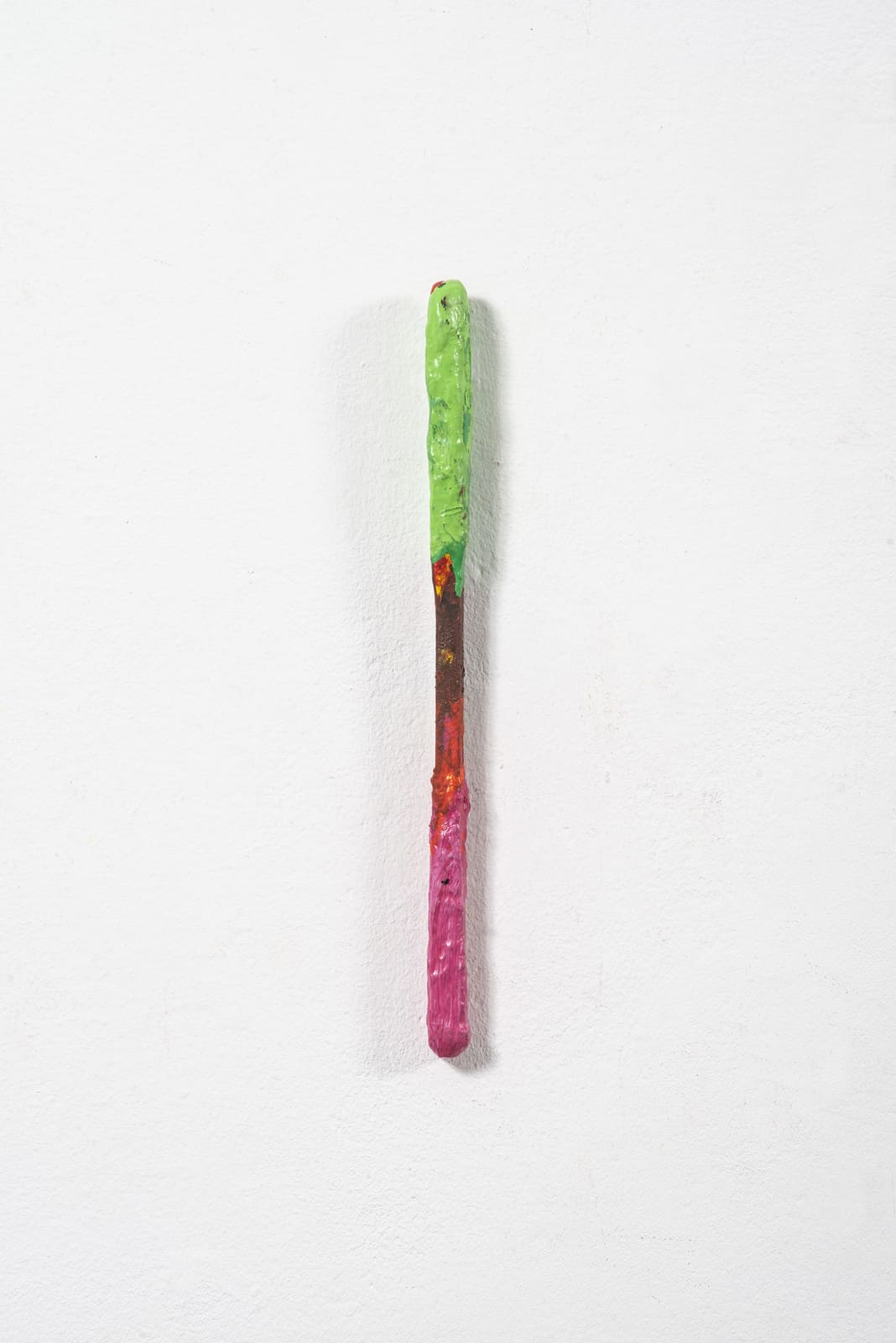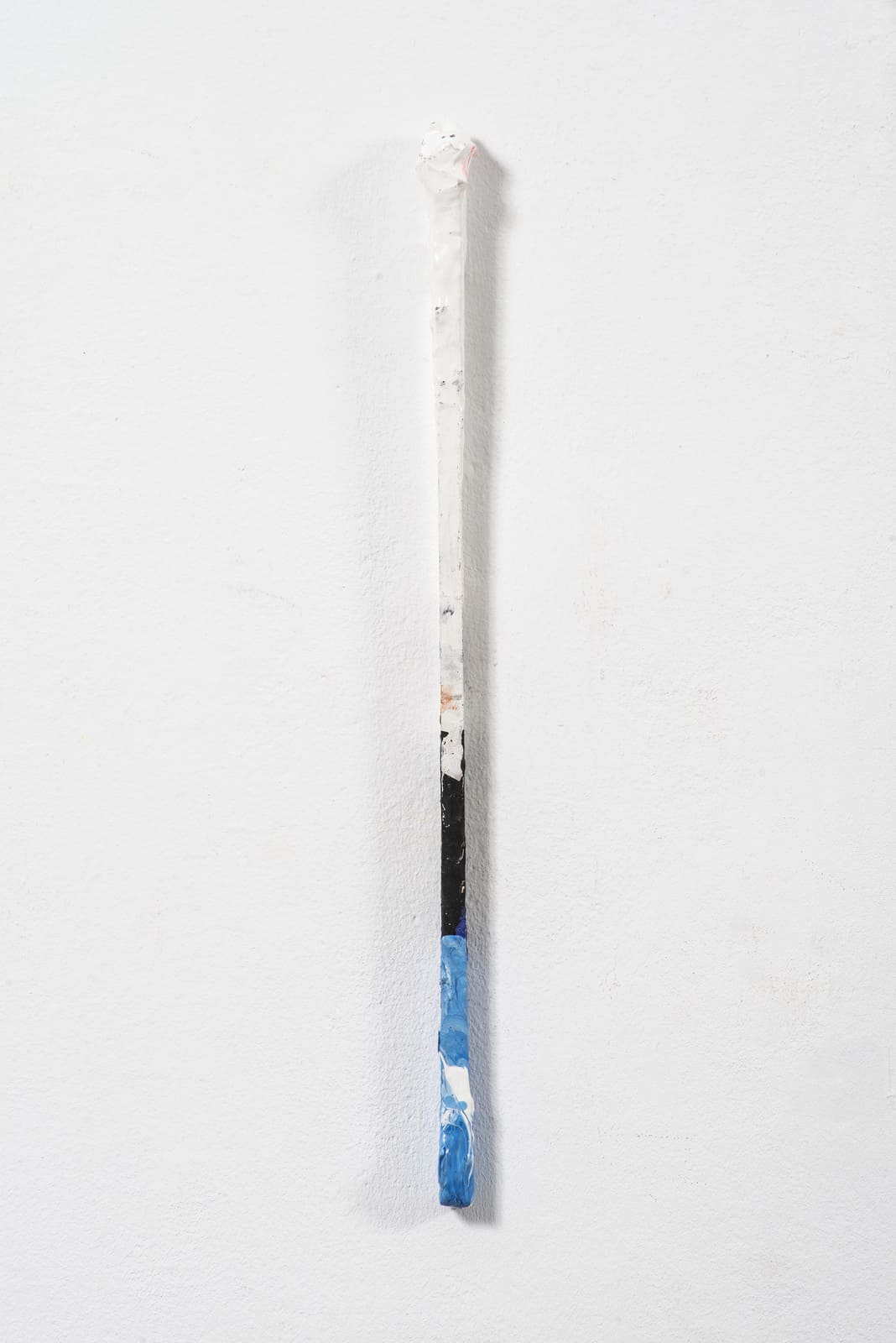When the process becomes a painting…
Painting is very close to the constant flow of all things, the permanent state of becoming. To paint is to experiment and to make continuously – it helps us to know ourselves.
Between my second artist’s residency in Shanghai (2019) and my participation, for the first time, in the art symposium of Wels, Austria (2021) I had a period of reflection which caused me to reframe my painting practice and the research I had been undertaking. From then on, my work has centred more on the process of painting itself, rather than the pursuit of ‘finished paintings’. ‘He who is obsessed with the summit, misses the mountain’ was something I read on social media – it became yet another indicator for me; a turning point.
If we concentrate on the painting process itself, we recognise many elements that constitute painting: priming, choosing a support and a palette, the bits that get thrown away, and the bits that remain. The deliberate search for a colour palette in a series like Looking for Goya, and the boards, plastic and pieces of cardboard I used for its creation, now appear like paintings. The palette is an incessant accumulation of colour-mixing and exploration, but it also encapsulates the duration that a painting, or series of paintings, needs to emerge. Heraclitus affirms that change is the only constant in life. Everything is transformed in a process of continual birth and destruction from which nothing can escape. On the palette, we see the traces of the same process. In this sense, my most recent paintings are repositories of experiences and searches for small revelations through the mixing of pigments. They leave you feeling fulfilled.
I do not want to appear like Frenhofer, the protagonist of Balzac’s novella The Unknown Masterpiece, in his deranged pursuit of the utopian ideal of the perfect work. I identify significantly more with the words of Bukowski, on describing Vallejo: ‘we are all tired of most art. Vallejo writes as a man and not as an artist’. Similarly, I would like to paint like a ‘man’ and not as an artist.




